HIMGIRI
‘Himgiri’, the first of the three Project 17A ships being built at M/s Garden Reach Shipbuilders and Engineers Limited (GRSE), Kolkata was launched on 14 December 2020.

About:
- The ship has taken its name and crest of the second Frigate of the Leander Class of ships, which incidentally was launched 50 years ago in 1970.
- Under the Project 17A program, a total of seven ships, four at Mazagon Dock Shipbuilders Limited (MDL) and three ships at GRSE are being built with enhanced stealth features, advanced indigenous weapon and sensor fit along with several other improvements.
- P17A ships are the first gas turbine propulsion and largest combat platforms ever built at GRSE.
- P17A ships have been indigenously designed by Directorate of Naval Design (Surface Ship Design Group) - DND(SSG), and are being built at indigenous yards namely MDL and GRSE.
RODDAM NARASIMHA
Well-known aerospace scientist and Padma Vibhushan awardee Roddam Narasimha passed away. He was 87.

About:
- A distinguished scientist, Mr. Narasimha held various positions at the Indian Institute of Science, Bengaluru.
- He was also the Director of the National Aerospace Laboratories.
- Narasimha was a member of the Space Commission, Consultative Group of Eminent Senior Scientists, Government of India, and of the Bureau of the International Union of Theoretical and Applied Mechanics
DEVELOPMENT PROJECTS IN KUTCH REGION
Prime Minister Narendra Modi will visit Gujarat on December 15, 2020 to lay foundation stones for several development projects in the state.

Hybrid Renewable Energy Park:
- Hybrid Renewable Energy Park is world’s biggest Renewable Energy Park, being set up close to Indo Pak border, near Khavda village in Kutch district.
- It will produce 30 Giga watt solar and wind energy on a vast expanse of waste land situated beyond India bridge from Khavda village to Vighakot, where civilian access is not permitted and area is controlled by BSF and Indian Army.
Desalination plant:
- The PM will also lay foundation stone virtually for a desalination plant coming up at Gundiyali village near Mandvi in Kutch district. This plant aims to convert sea water for potable purposes for a population 8 lakh of 300 villages.
- The desalination plant assumes great importance for Kutch peninsula which is perennial rain-deficit area with no other source of water.
Fully automated milk processing of Sarhad dairy:
- Prime Minister Modi will also lay foundation stone, virtually, for 130 crore rupees milk processing plant of Sarhad dairy, an apex dairy cooperative entity.
- This massive 2 lakh litre per day milk processing and packaging facility will come up under Rashtriya Kisan Vikas Yojna.
TWG MEETING BETWEEN INDIA, IRAN, UZBEKISTAN ON CHABAHAR PORT
The first Trilateral Working Group (TWG) Meeting between India, Iran and Uzbekistan on the joint use of Chabahar Port was held.
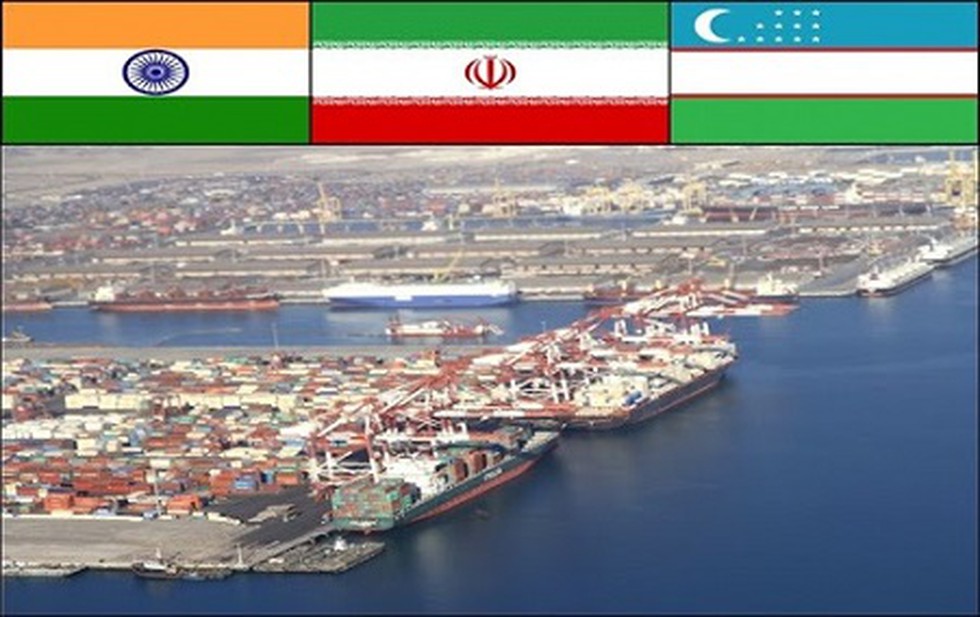
About:
- The Meeting was jointly chaired by Secretary (Shipping), Government of India, Deputy Minister of Transport, Uzbekistan and Deputy Transport Minister of Iran.
- during the meeting, the participants discussed joint use of Chabahar Port for trade and transit purposes and enhanced regional connectivity.
- All sides also welcomed India’s proposal to hold "Chabahar Day” on the side-lines of the International Maritime Summit scheduled to be hosted by India in January 2021.
- The meeting was held as a follow up of decisions taken during the virtual summit held between Prime Minister Narendra Modi and President of Uzbekistan on 11th of this month.
INDIAN GAUR
The images of an Indian Bison, or Gaur, in Pune’s urban landscape, the frenzy among people, the capture of the injured animal that ran around in panic, and the sad news of its death has put the spotlight on human-Gaur conflict in the country.
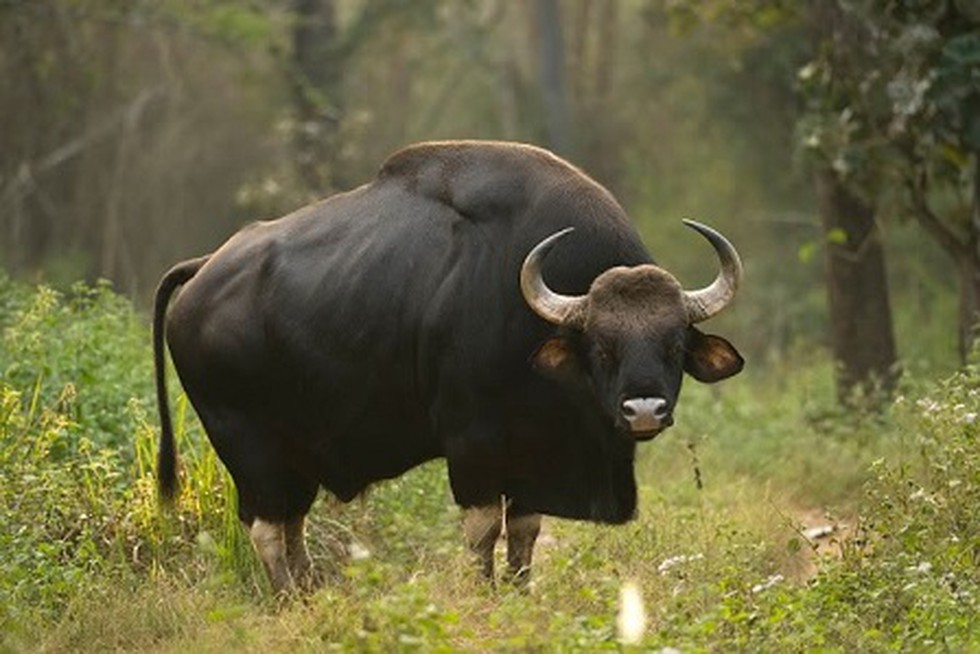
About:
- Common Name: Indian Gaur; Gaur.
- Scientific Name: Bos Gaurus.
- Physical Characteristics: It is one of the largest extant bovines. It is one of the largest species among the wild cattle, reaching a shoulder height of up to 220 cm.
- Habitat: Gaurs are found on the forested hills and grassy areas of south to south east Asia.
- Distribution:
- They are found in India, China, Thailand, Malaysia, Bangladesh, Bhutan, and Nepal.
- The Western Ghats in southern India constitute one of the most extensive extant strongholds of gaur, in particular in the Wayanad – Nagarhole – Mudumalai – Bandipur complex.
- The gaur is the State Animal of Goa and Bihar.
- 2020 STATE OF THE EDUCATION REPORT FOR INDIA: VOCATIONAL EDUCATION FIRSTThe ‘State of the Education Report for India 2020: Technical and Vocational Education and Training (TVET), was launched virtually today by UNESCO New Delhi, with over 400 attendees, including representatives from the government, civil society, academia, partners and youth.

About:
- The second edition of the State of Education Report focuses on technical and vocational education and training (TVET).
- India has made considerable progress towards its goal of creating a skilled workforce of 110 million people by 2022, as stated in the National Policy of Skill Development and Entrepreneurship (NPSDE), released in 2015. It is presently training 10 million youth annually through the many schemes that are ongoing.
- The Report outlines a set of ten recommendations that should be adopted to help achieve the stated vision for TVET in the country.
GEMINIDS METEOR SHOWERThe Geminids meteor shower, believed to be the strongest of the year, is active from December 4-December 20, with December 13 and 14 considered to be the best nights for viewing these meteor showers.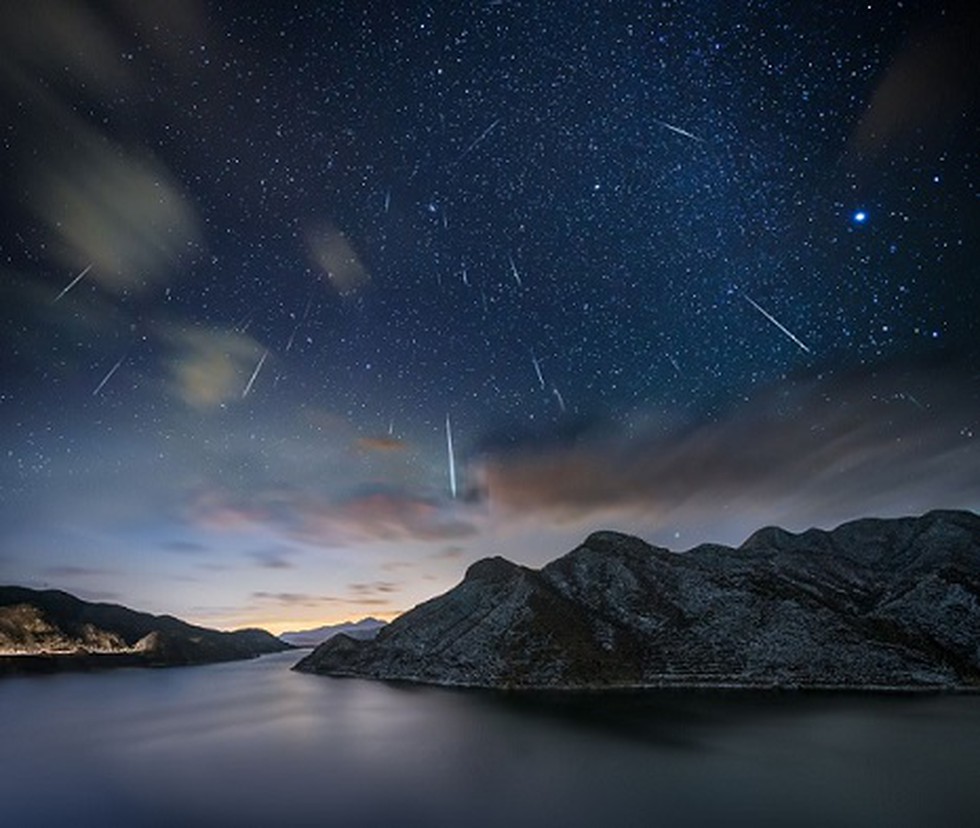
About:
- The Geminids meteor showers are unique because their origin does not lie in a comet, but what is believed to be an asteroid or an extinct comet. The Geminids emerge from 3200 Phaethon, which meteor scientists consider to be an asteroid.
- NASA says that Geminids travel at a speed of 78,000 mph or 35 km/s, which is over 1000 times faster than a cheetah.
- Meteors are best visible on a cloudless night and when the Moon is not extremely bright
HIMALAYAN SEROWA Himalayan serow has been sighted for the first time in the Himalayan cold desert region. The animal was spotted near Hurling village in Spiti, Himachal Pradesh.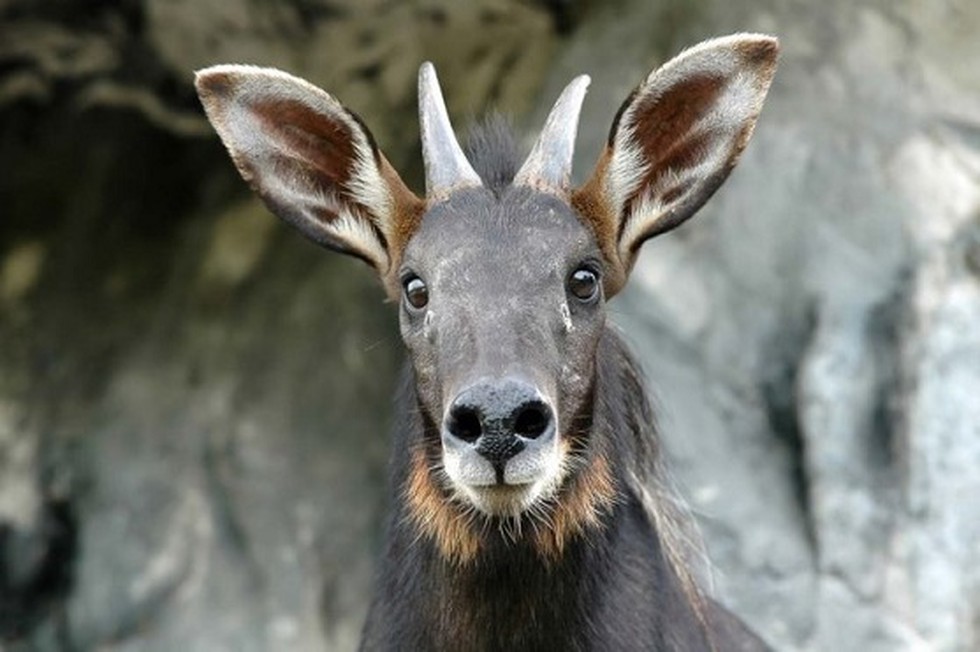
About:
- Scientific name: The Himalayan serow, or Capricornis sumatraensis thar, is a subspecies of the mainland serow (Capricornis sumatraensis).
- Appearance: Himalayan serow resembles a cross between a goat, a donkey, a cow, and a pig. It’s a medium-sized mammal with a large head, thick neck, short limbs, long, mule-like ears, and a coat of dark hair.
- Distribution: There are several species of serows, and all of them are found in Asia. Himalayan serows are typically found at altitudes between 2,000 metres and 4,000 metres (6,500 to 13,000 feet). They are known to be found in eastern, central, and western Himalayas, but not in the Trans Himalayan region.
- Diet: Himalayan serows are herbivores.
Conservation status:
- Previously assessed as ‘near threatened’, the Himalayan serow is now been categorised as ‘vulnerable’ in the IUCN Red List of Threatened Species.
- It is listed under Schedule I of The Wildlife Protection Act, 1972, which provides absolute protection.
VISION 2035: PUBLIC HEALTH SURVEILLANCE IN INDIANITI Aayog today released a white paper: Vision 2035: Public Health Surveillance in India.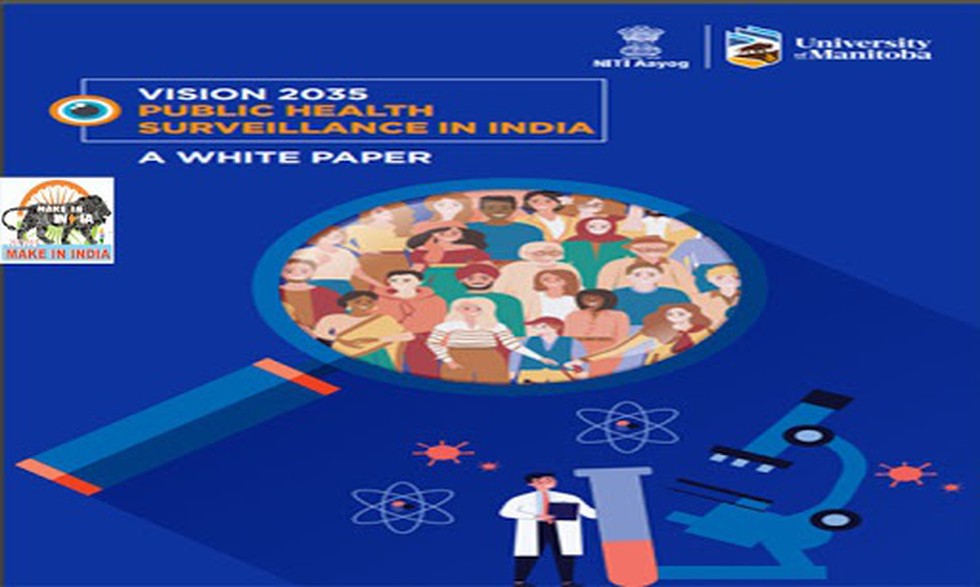
It’s vision is:
- To make India’s public health surveillance system more responsive and predictive to enhance preparedness for action at all levels.
- Citizen-friendly public health surveillance system will ensure individual privacy and confidentiality, enabled with a client feedback mechanism.
- Improved data-sharing mechanism between Centre and states for better disease detection, prevention, and control.
- India aims to provide regional and global leadership in managing events that constitute a public health emergency of international concern.
INDIA WATER IMPACT 2020India Water Impact Summit continues with many more experts from India and abroad sharing their insights on the topic of conservation and development.
About:
- India Water Impact 2020 is a five-day long summit, hosting experts and academicians from all over the world to discuss and debate issues related to water conservation, water security and river rejuvenation.
- The event is co-organised by National Mission for Clean Ganga and Centre for Ganga River Basin Management and Studies.
- During the event, Norwegian Institute of Bioeconomy Research signed MOU with cGanga (think-tank of NMCG) for development of sludge management framework in India.
- The second edition of the State of Education Report focuses on technical and vocational education and training (TVET).
Comments
Post a Comment